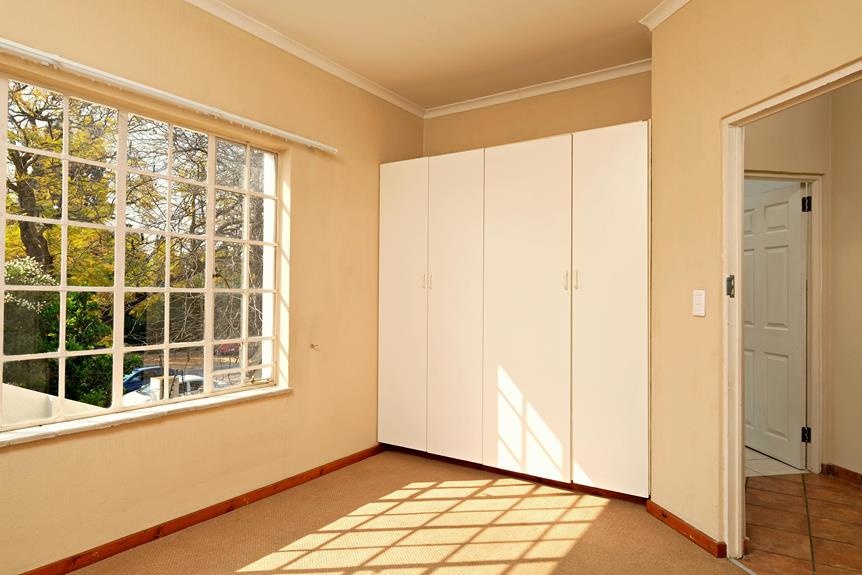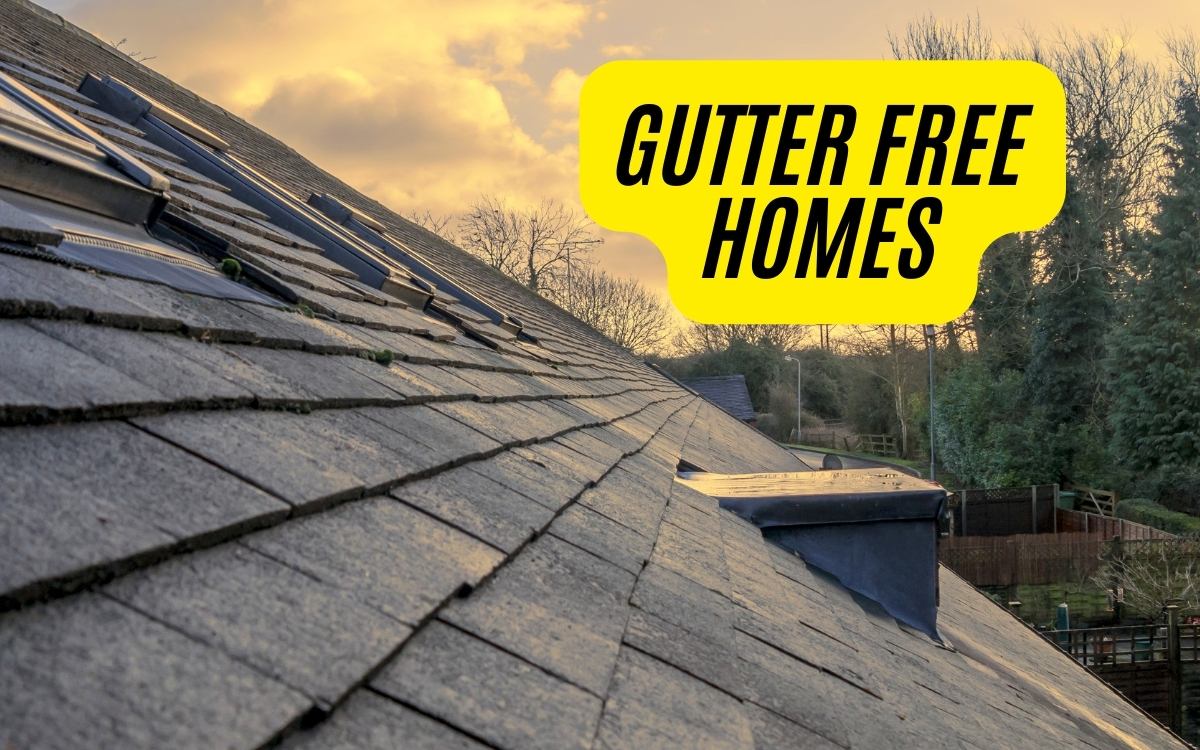Time to Revamp Your Home’s Flaws
Every homeowner reaches a point where their living space no longer meets their needs, plagued by outdated features, hidden health and safety risks, and lifestyle-driven limitations that necessitate a renovation. Floors, walls, and ceilings may show signs of decay, while outdated bathrooms and kitchens can greatly diminish appeal. Furthermore, functional obsolescence, such as inadequate insulation and limited natural light, can render a home inefficient and uncomfortable. As you navigate the complexities of revitalizing your home, crucially, you must identify areas that require attention, from addressing health and safety concerns to adapting to changing lifestyles, and discover the transformative possibilities that await.
Recognizing Signs of Decay
Outdated or damaged floors, walls, and ceilings can be telltale signs of decay in a home.
These signs often manifest as lifting or detached tiles and planks, carpeted floors with a 10-year lifespan, or wooden floors that can rot if not properly maintained.
Similarly, obsolete bathrooms and kitchens, with outdated features, can greatly diminish a home's appeal.
Visible signs of damage, such as cracks in walls and ceilings, water stains, or sagging floors, can be particularly concerning.
In addition, functional obsolescence, including outdated electrical systems, inadequate insulation, and limited natural light, can render a home inefficient and uncomfortable.
Recognizing these signs is vital in determining the need for renovation and modernization.
Health and Safety Red Flags
Beyond the visible signs of decay, there are more sinister indicators that a home is in dire need of renovation.
Hidden health and safety risks can pose a significant threat to occupants, making it imperative to identify and address these issues promptly. The presence of asbestos, lead, or radon can lead to severe health problems, while mold growth indicates poor ventilation and moisture issues.
Faulty electrical wiring increases the risk of fires, and inadequate handrails and guardrails compromise safety. Furthermore, poor air quality due to inadequate ventilation systems can exacerbate respiratory issues.
It is vital to inspect your home for these health and safety red flags to guarantee a safe and healthy living environment.
Lifestyle Changes Driving Renovation
As families evolve, their living spaces must adapt to accommodate new needs and circumstances.
A growing family may require additional space and functionality, while changing mobility needs may necessitate accessibility upgrades. The shift to remote work or homeschooling demands dedicated spaces, and the desire for sustainable living prompts eco-friendly renovations.
Furthermore, the need for multi-generational living arrangements drives renovation. Dysfunctional home layouts can be transformed by knocking out unnecessary walls, creating open spaces, or adding outdoor living areas.
Upgrading for Resale and Aesthetics
When it comes to selling a property, homeowners often focus on the most visible aspects, but it's the thoughtful upgrades that truly make a lasting impression on potential buyers.
Upgrading for resale and aesthetics is vital to increase property value and appeal.
- Energy-efficient upgrades, such as new windows and insulation, can reduce energy costs and boost resale value.
- Modernized kitchens and bathrooms are top selling points, as they provide a fresh and updated look that buyers desire.
- Upgrades to curb appeal, including a fresh coat of exterior paint or new siding, can improve resale value and neighborhood standing.
Assessing Your Home's Needs
A thorough evaluation of your home's needs is crucial to identifying areas that require renovation, ensuring a successful and stress-free revamp.
This process involves examining the current state of your home, taking note of signs of damage, health and safety concerns, and areas where functionality can be improved.
By doing so, you can prioritize your renovation goals, allocate resources efficiently, and create a more comfortable and sustainable living space.
Evaluating your home's needs also helps you identify opportunities to increase its value, improve its aesthetic appeal, and enhance its functionality.
Functional Flaws and Obsolescence
Functional flaws and obsolescence can substantially impact the livability and value of a home.
Outdated systems, damaged structures, and aesthetically unpleasing features can make a home feel uncomfortable, inefficient, and even hazardous.
Crucial to identify and address these issues is to create a safe, functional, and enjoyable living space.
- Outdated electrical systems: Inadequate insulation, limited natural light, and inefficient plumbing systems can lead to increased energy bills, safety risks, and reduced property value.
- Visible signs of damage: Cracks in walls and ceilings, water stains, and sagging or uneven floors can indicate more severe underlying issues, such as structural problems or water damage.
- Obsolete bathrooms and kitchens: Outdated features, poor ventilation, and inadequate storage can make these essential spaces feel cramped, inefficient, and uninviting.
Revamping for a Better Tomorrow
Beyond addressing the functional flaws and obsolescence that hinder a home's livability and value, revamping for a better tomorrow involves proactively creating a space that supports the evolving needs and desires of its inhabitants.
This forward-thinking approach empowers homeowners to break free from the constraints of outdated design and functionality, instead, crafting a living space that adapts to their changing lifestyles and priorities.
By doing so, they can create a haven that not only enhances their daily lives but also fosters a sense of liberation and freedom.
A revamped home becomes a sanctuary that nurtures growth, connection, and well-being, ultimately, allowing its occupants to thrive and flourish.
Frequently Asked Questions
How Do I Prioritize Renovation Tasks When Multiple Issues Exist?
To prioritize renovation tasks when multiple issues exist, categorize them into health and safety concerns, functional obsolescence, and aesthetic upgrades, then allocate resources accordingly, addressing the most critical needs first to guarantee a safe, functional, and desirable living space.
Can I DIY Renovation Projects or Should I Hire a Professional?
When deciding between DIY renovation projects and hiring a professional, consider your skills, time, and budget. If you're unsure or lack expertise, it's recommended to hire a licensed professional to guarantee safety, quality, and compliance with local building codes and regulations.
What Are the Most Cost-Effective Renovation Materials and Solutions?
When selecting cost-effective renovation materials and solutions, consider sustainable options like reclaimed wood, low-VOC paints, and energy-efficient appliances, which not only reduce waste but also provide long-term cost savings and enhance your home's value.
How Long Does a Typical Home Renovation Project Take to Complete?
A typical home renovation project duration varies greatly, depending on scope, complexity, and permit requirements, but on average, it can take anywhere from 2-6 months for minor renovations to 6-18 months or more for major overhauls.
Are There Any Renovation Projects That Can Be Done in Stages?
Yes, many renovation projects can be done in stages, allowing homeowners to prioritize and tackle specific areas or tasks, such as updating electrical systems, modernizing bathrooms, or upgrading insulation, to achieve a phased transformation.



